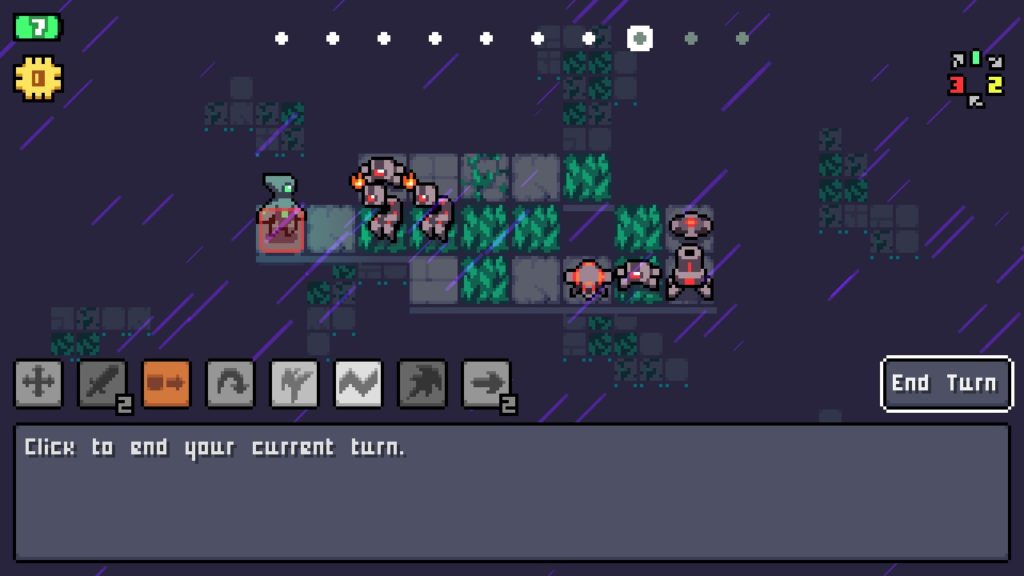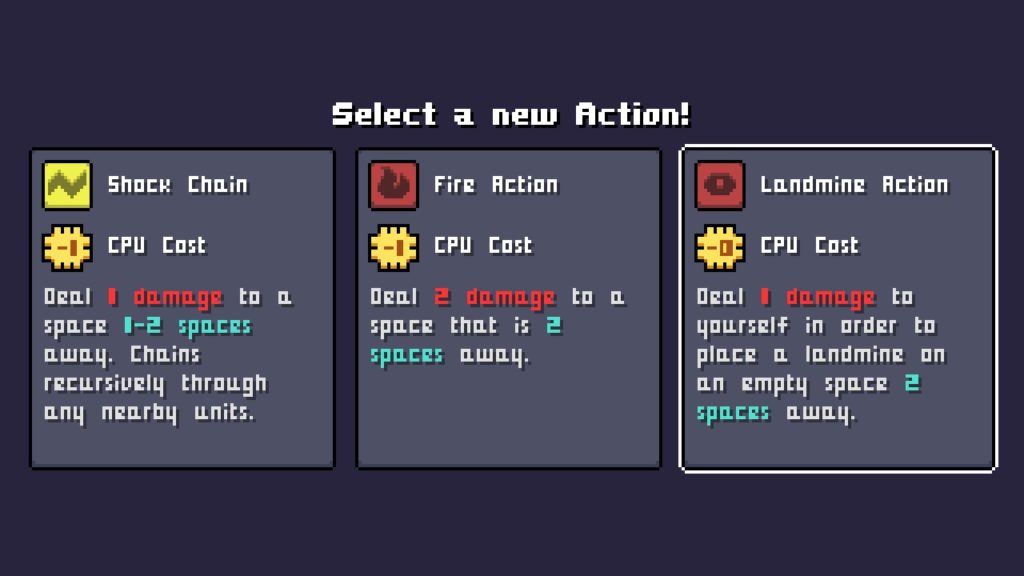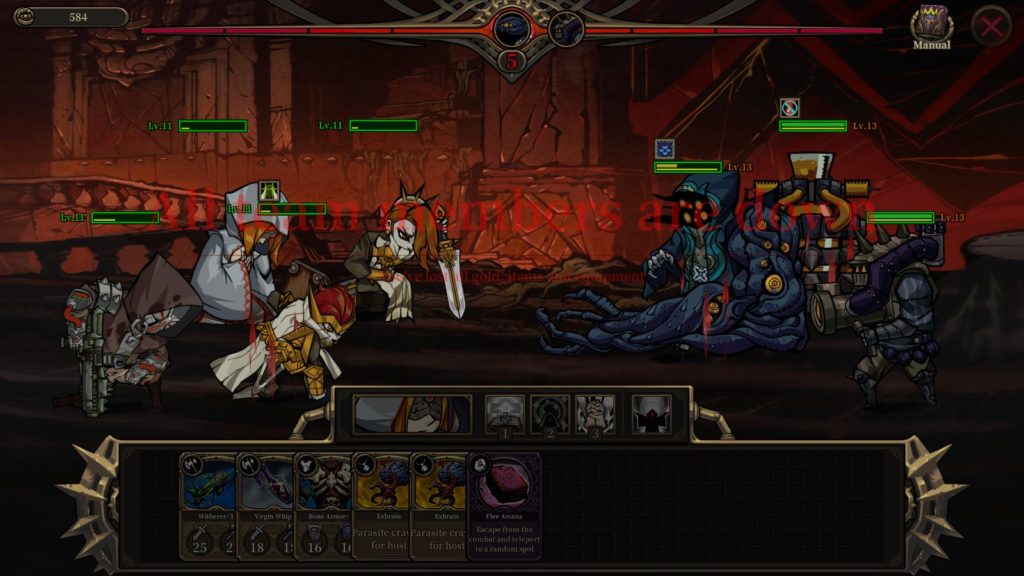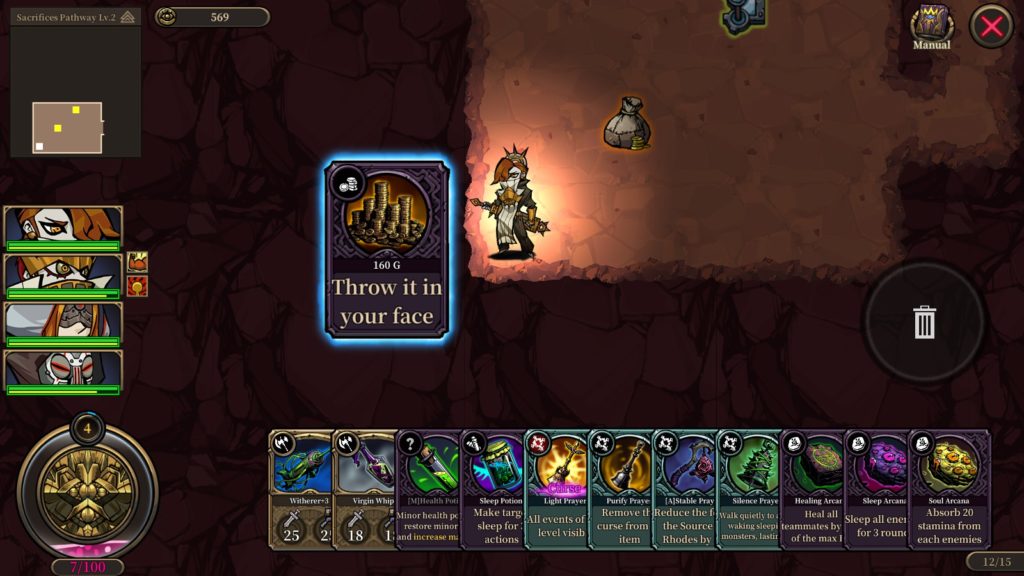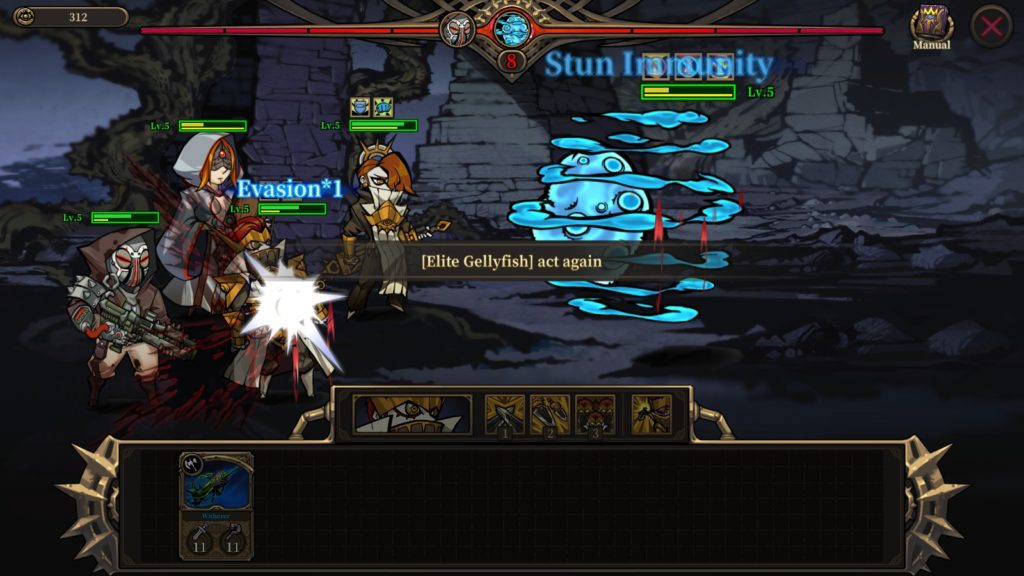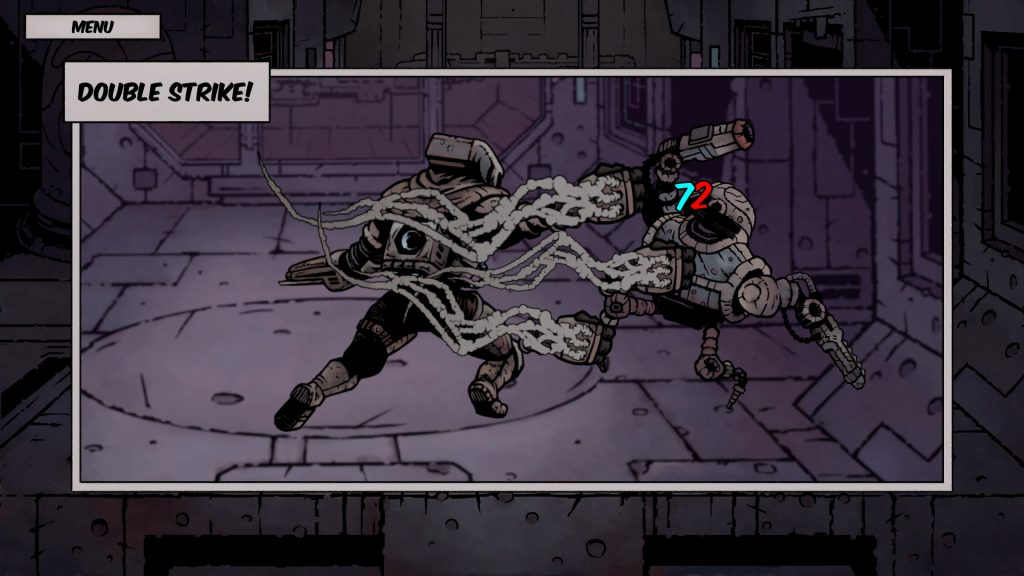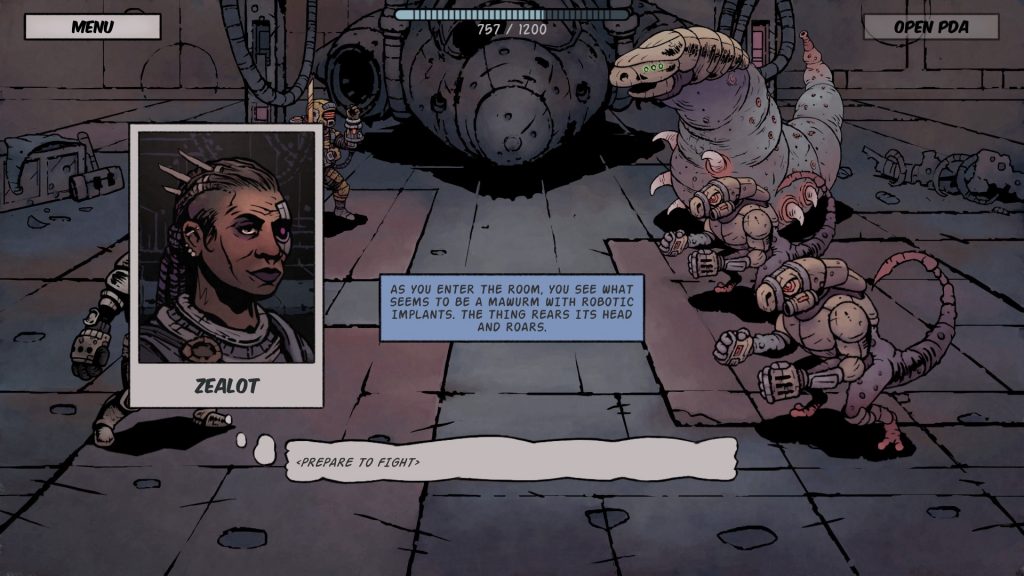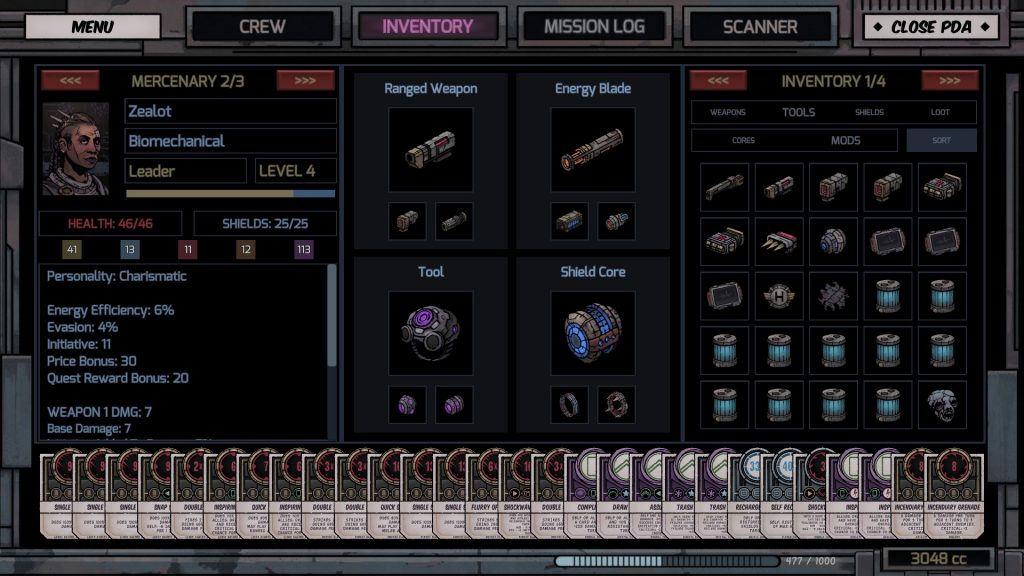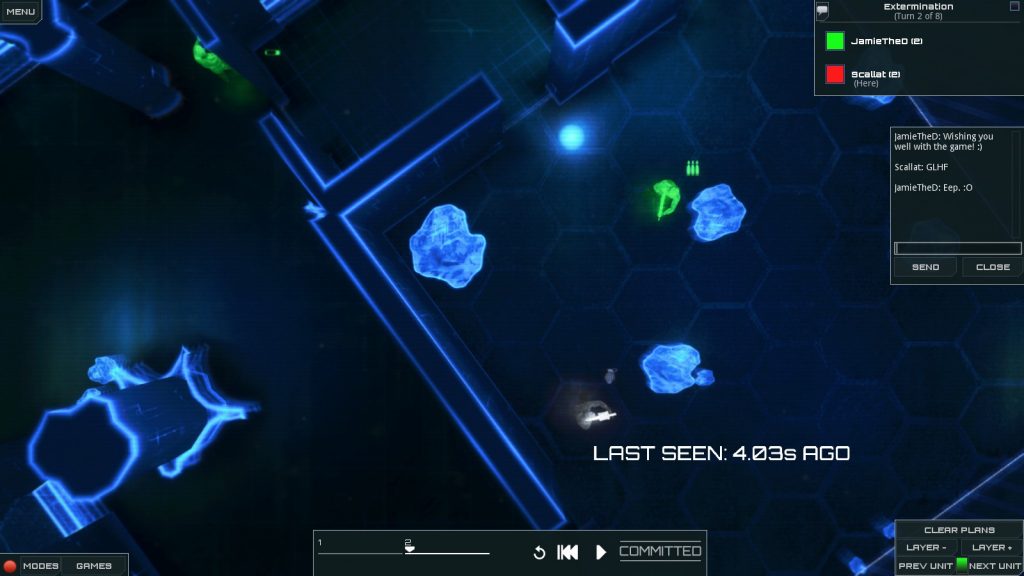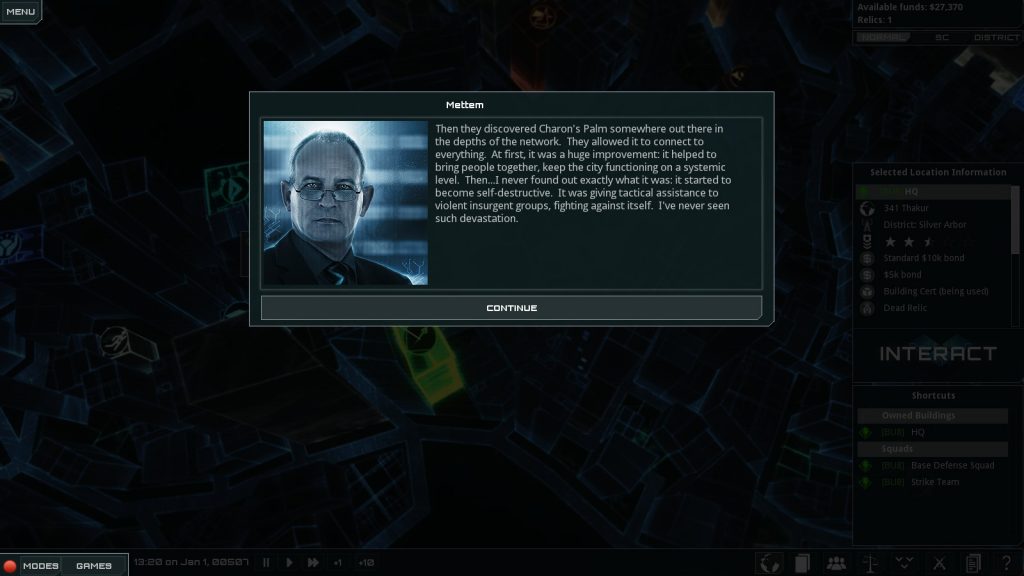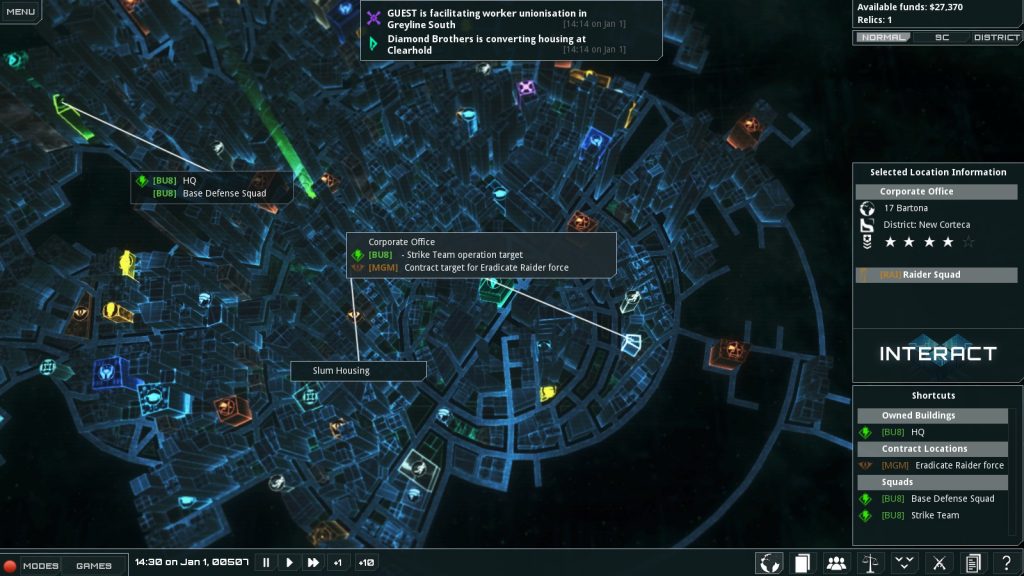Mutant: Year Zero (Review)

Source: Review Copy
Price: £29.99 (£47.99 for Deluxe Edition, £18.99 for Deluxe Content DLC if you already have the base game)
Where To Get It: Steam
A good post-apocalypse is equal parts absurd and terrifying. Myths arise from casual misinterpretations, nomenclature is taken more seriously than perhaps it should, and yet, this is because death waits around every corner, just itching for the unwary. Why, then, would you not be afraid of something called a “Boom Box” with a red button on it?
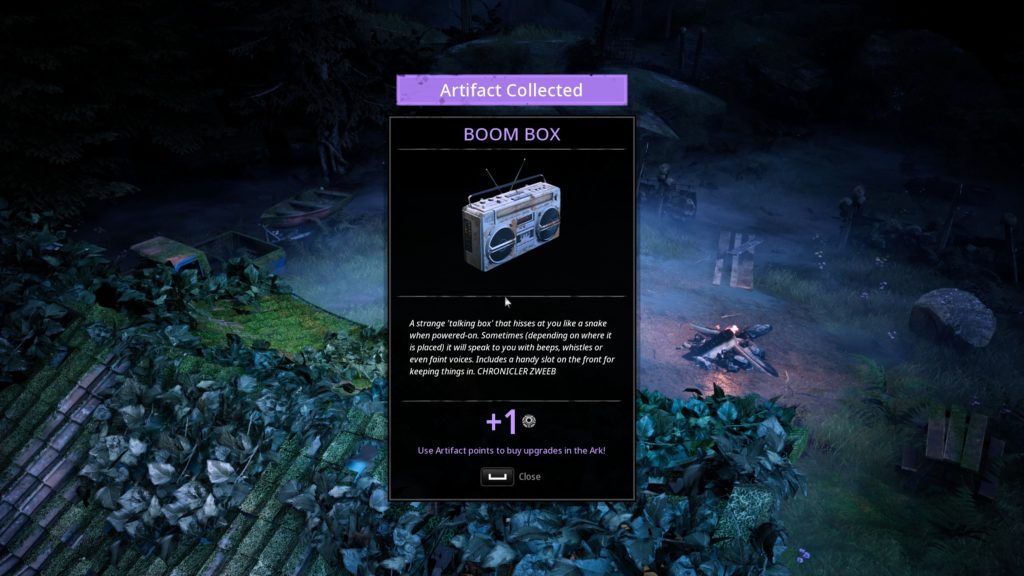
And that, apart from maybe a tale of tactical combat gone horribly wrong, is perhaps the best introduction to Mutant: Year Zero, a tactical RPG that moves relatively seamlessly between realtime isometric exploration, and turn-based tactical combat. A game where myths of survivors, that Safe Haven, put an already established community in danger. Perhaps more than even it’s aware of.
Mutant: Year Zero is also an interesting game, because, underneath all the glitter, there’s… Not actually a huge amount, mechanically speaking. There are relatively static shops at the Ark, your homebase. The turn based tactical combat is easy to get your head round if you’ve played anything with turn-based tactical combat… Two actions a turn, shooting ends your turn (generally), special abilities have kill based cooldowns, and ensuring enemies die quickly, and in a good order is the key to victory. A lot of it is writing, and mood, and aesthetic, all of which it pulls off… Quite well.
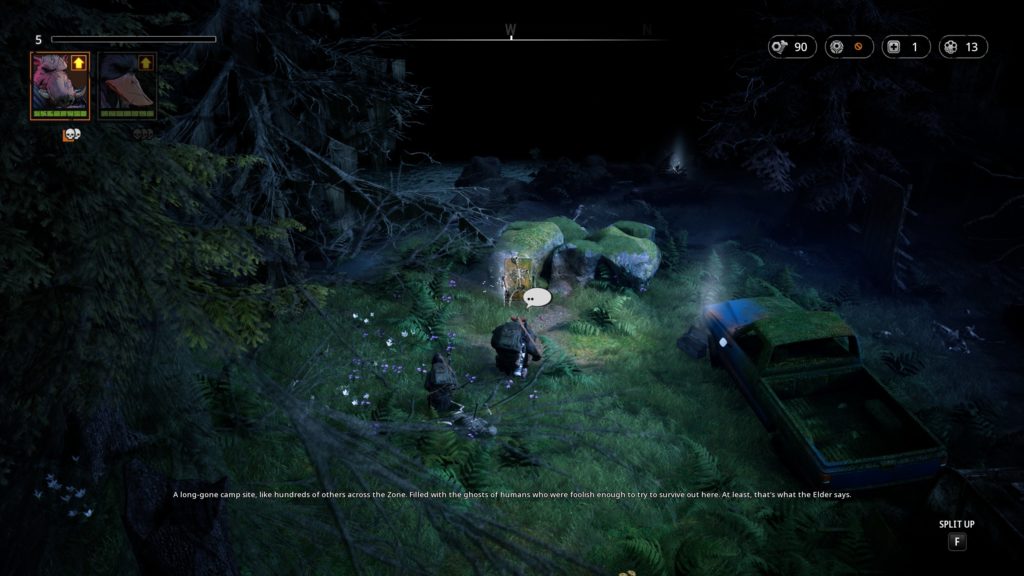
For example, the map and loading music reminds me very much of the iconic theme to John Carpenter’s The Thing, and, for those who haven’t seen that movie, its understated bass line, simple and rhythmic, has associations. Of death, of horror, of tension and mistrust. And it mostly plays that tense theming throughout, to good effect. Similarly, the two main characters, while ridiculous if you sum them up by their base concepts (A warthog and a duck. They stalk the Zone for the good of The Ark), are grounded, played straight to good effect. They sound like they’ve lived their concepts, and that suspends disbelief enough that you care about these two irascible, but otherwise alright folks. The world has enough to make it feel alien, while the familiar is seen through both our own eyes (Awwh heck, those poor folks, dying while camping), and the funhouse mirror of how the world sees them (Not understanding it wasn’t as threatening back then, the campers are derided for camping in a now-dangerous area.)
While relatively short, the game packs tightly, and if I had one critique, it’s that the relatively small seeming improvements can give an unwarranted sense of complacency. I hadn’t even realised I was halfway to a sensible level for taking on the next leg of my main quest at one point, and, at another very soon after, cursed that I hadn’t gone back to the ark to get those seemingly unimportant single damage points. Those seemingly unimportant single damage point armours. Just one extra heal. Those single points don’t seem to matter, but, as it turns out, they’re the difference between a stealthy kill of an outlier… And an extended firefight in which everyone dies. It’s a finely tuned game, but this also means that yes, those upgrades are important, although there’s obviously a little leeway.
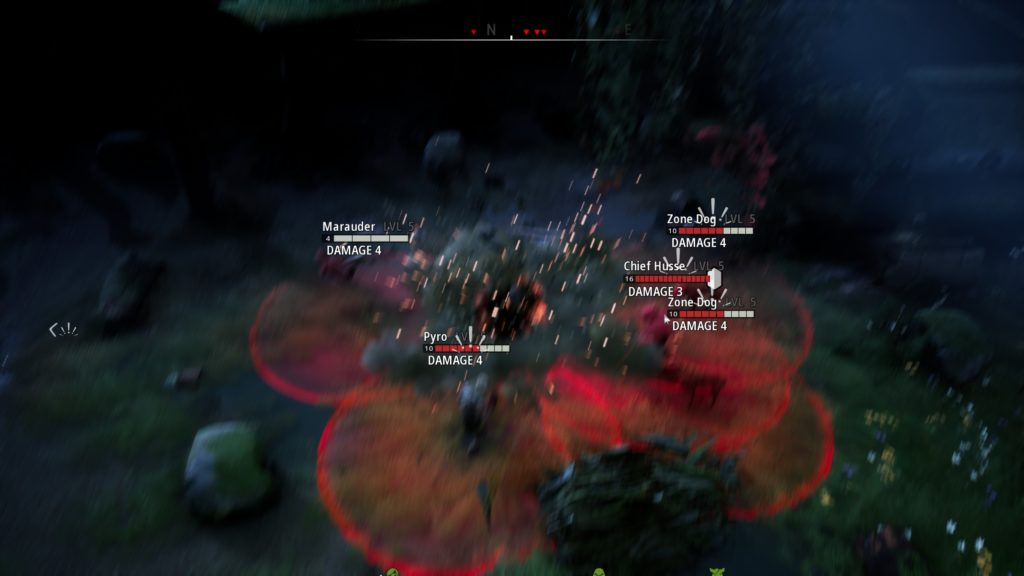
Finally, there’s splitting up. Mutant: Year Zero emphasises stealth, the picking off of outliers, because you’re always outgunned in some fashion in a straight up fight, and it’s an interesting risk-reward calculation to leave someone in a better position, micromanage outside of the enemy’s view, so you can ensure the best outcome.
So, an interesting world, seen through a funhouse mirror of post-apocalypse confusion. Solid writing, good music, a good aesthetic… And doing interesting things with genre mixing and the rote formulae we know and “love.” It’s tough, but it’s also fair tough, tutorialises well, and I’ve been having an enjoyable time, in the “Tense gripping of mouse and very quiet swear words when things go wrong and I know it’s my fault” sense. Well worth a look.
The Mad Welshman would probably be a top-hatted Corgi if he was a post-apocalyptic mutant. Cliched… But also CLASSY.


